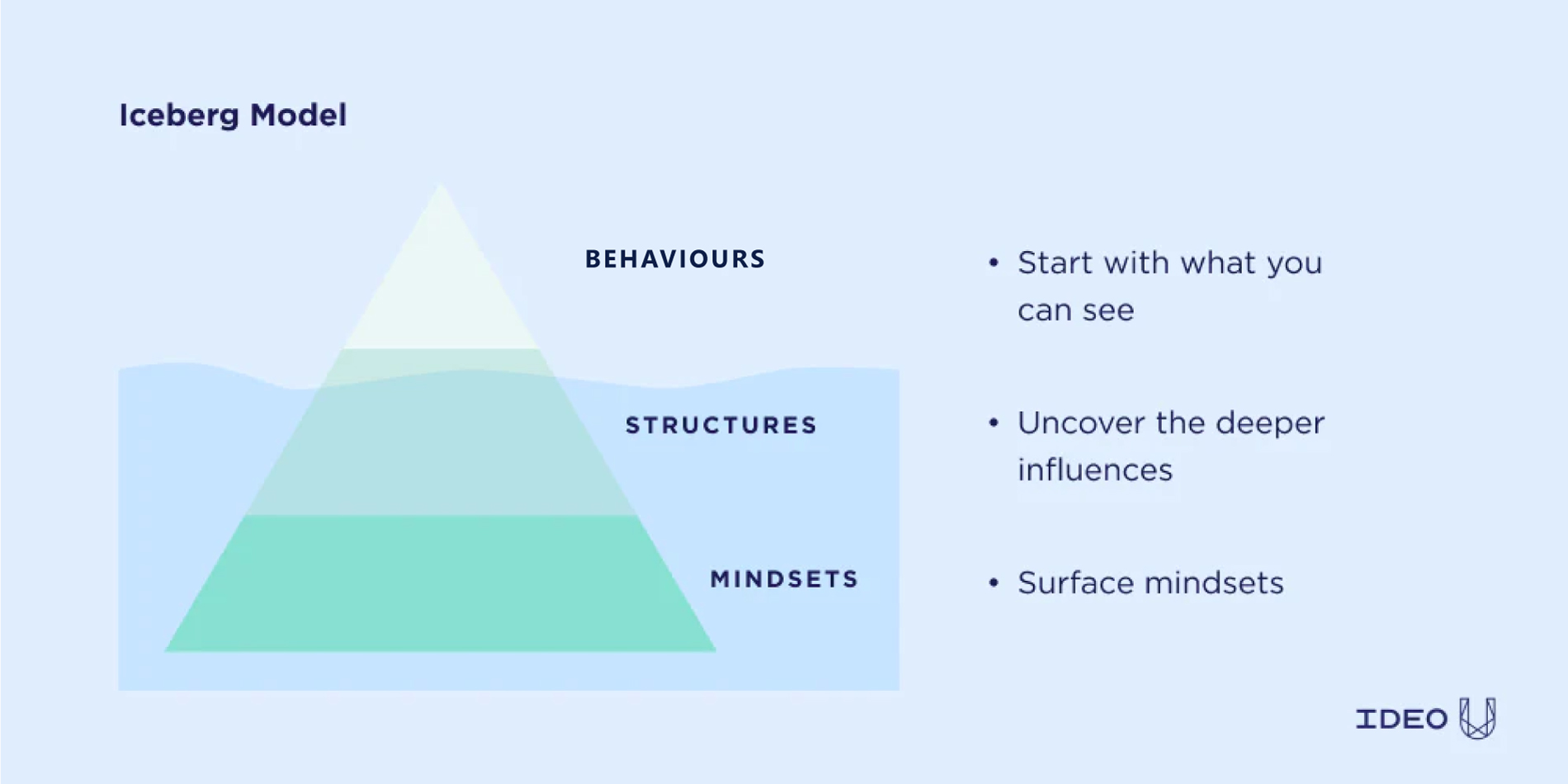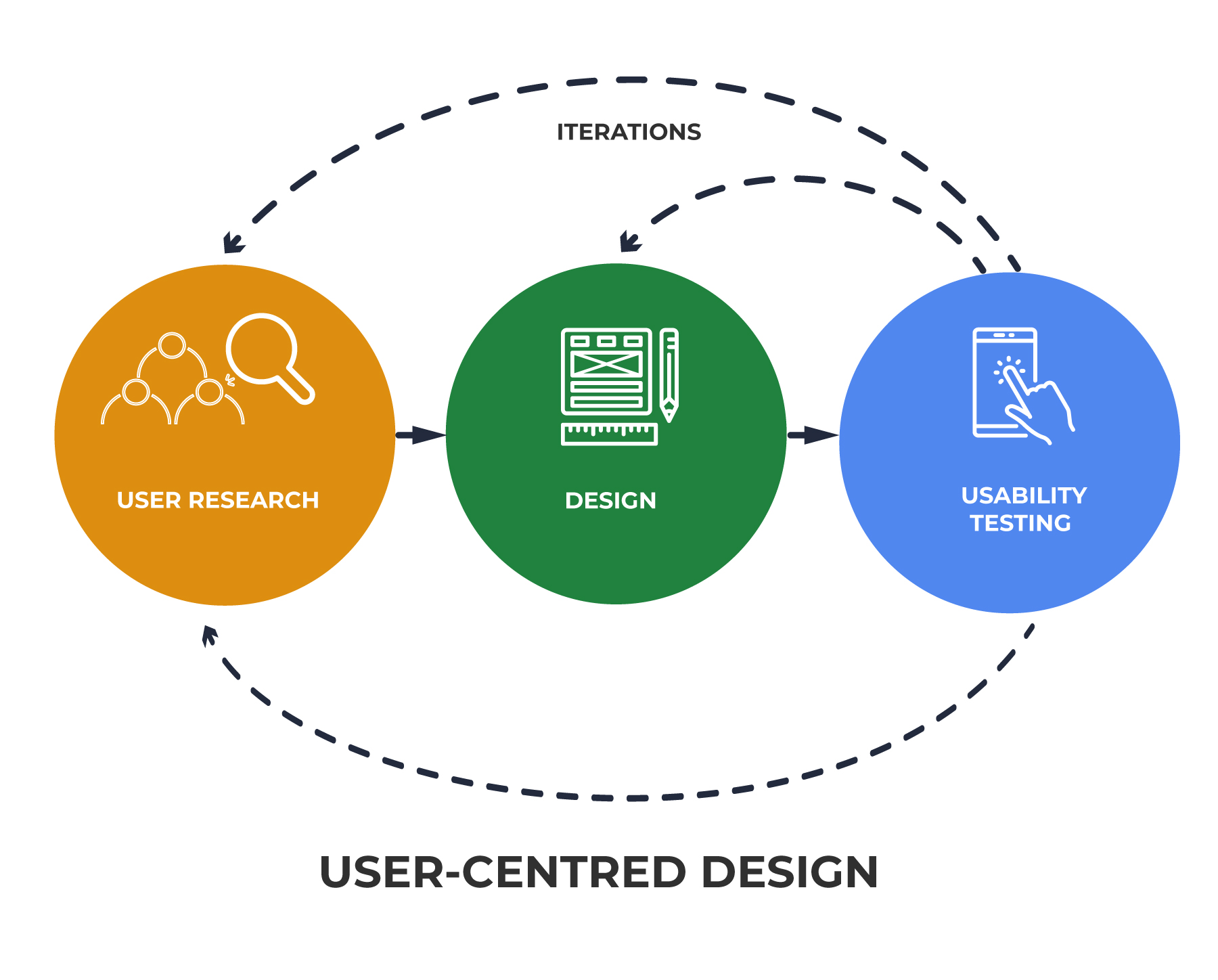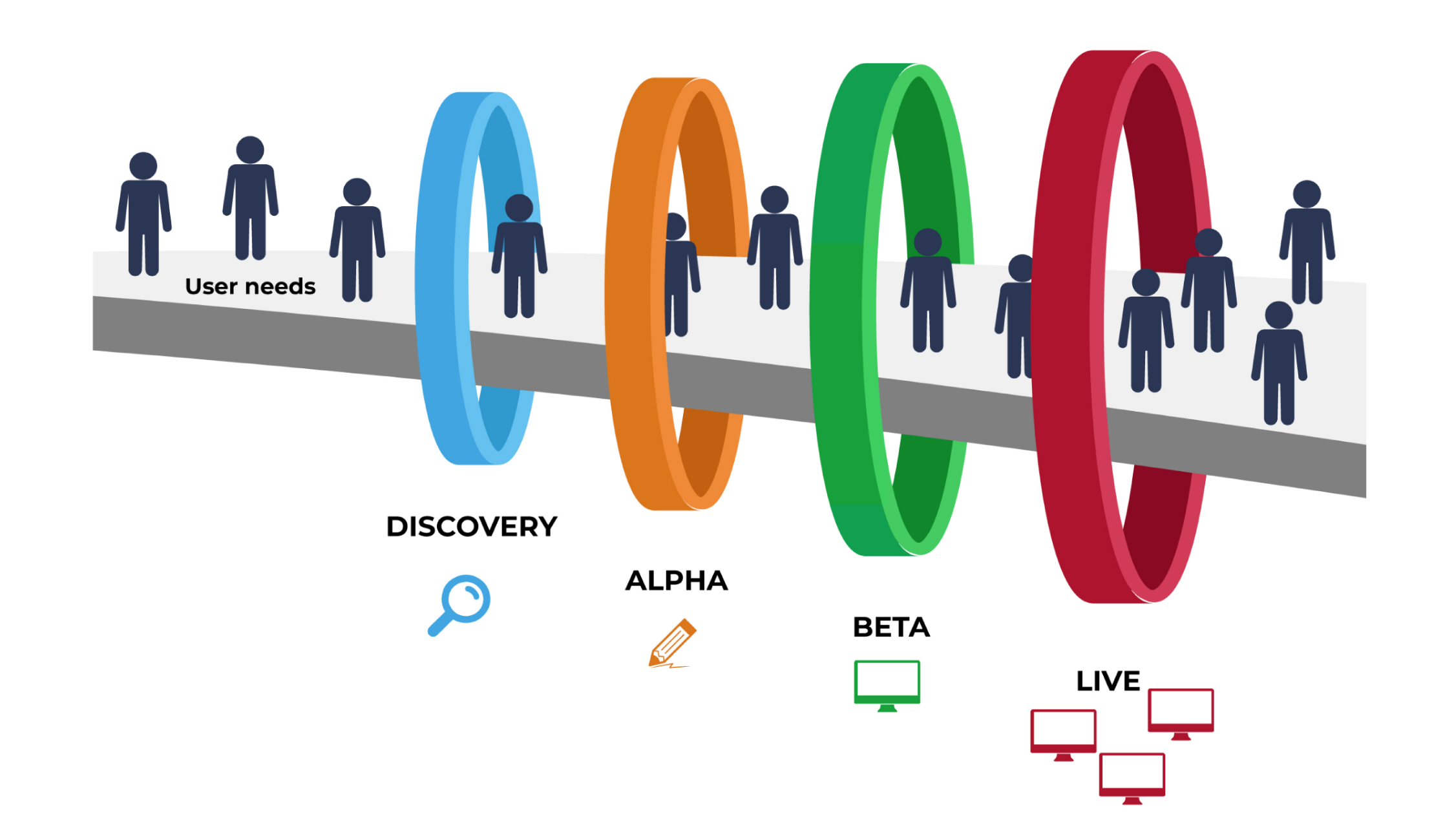Leading and managing services in big and complicated systems, like healthcare, is tough. The problems organisations face are so complex that simple solutions can't be applied. Leaders often have to deal with many challenges and conflicting decisions all while navigating a changing political and technical landscape.
Systems thinking is a way to solve problems by looking at them as part of a bigger system. It’s about understanding how things affect each other as part of a whole picture - like putting together puzzle pieces to see the full picture.
In complex situations, using systems thinking methods and tools becomes really important. These methods help designers and stakeholders understand big systems better, making it easier to make smart decisions.

At Sitekit, all our solutions are developed collaboratively working with patients, healthcare professionals, technology suppliers, and NHS organisations to deliver solutions that work for the user and deliver on the project stakeholders' requirements.
Following user-centered design principles mitigates risks, ensuring we align our intentions with NHS reality and ensuring products meet users’ needs. Without user-centered design, delivering the right outcomes becomes uncertain, introducing risks to the health and care system we’re committed to supporting.
User-centered design also plays a crucial role in system assurance processes. Putting users at the center has been the core principle of the Government Digital Service (GDS) since its beginning. Sitekit is experienced in delivering to and committed to the GDS approach.
Sitekit has a team of skilled professionals delivering against essential elements of the user-centered design (UCD) approach. Essential elements include involving stakeholders, employing iterative design and development, crafting user stories and personas, conducting interviews, creating prototypes, and conducting usability testing.

Sitekit uses agile methodologies in the delivery of all our work whether carrying out early-stage investigatory discovery work, alpha prototyping and idea testing, beta service building, or making improvements to a live service.
We recognise the power of Agile as a culture and way of working with teams and stakeholders to deliver solutions that meet our client's needs. Agile understands that user and client needs change and build as a project progresses making it ideal for complex healthcare projects where it is impossible to fully understand the project landscape and user needs prior to starting work. Requirements and required project outcomes can change without negatively impacting the project.
Iterative development combined with continuous testing and refinement means we and our clients are able to respond to feedback, meaning products are more likely to be aligned with user needs and deliver the return on investment stakeholders require.
